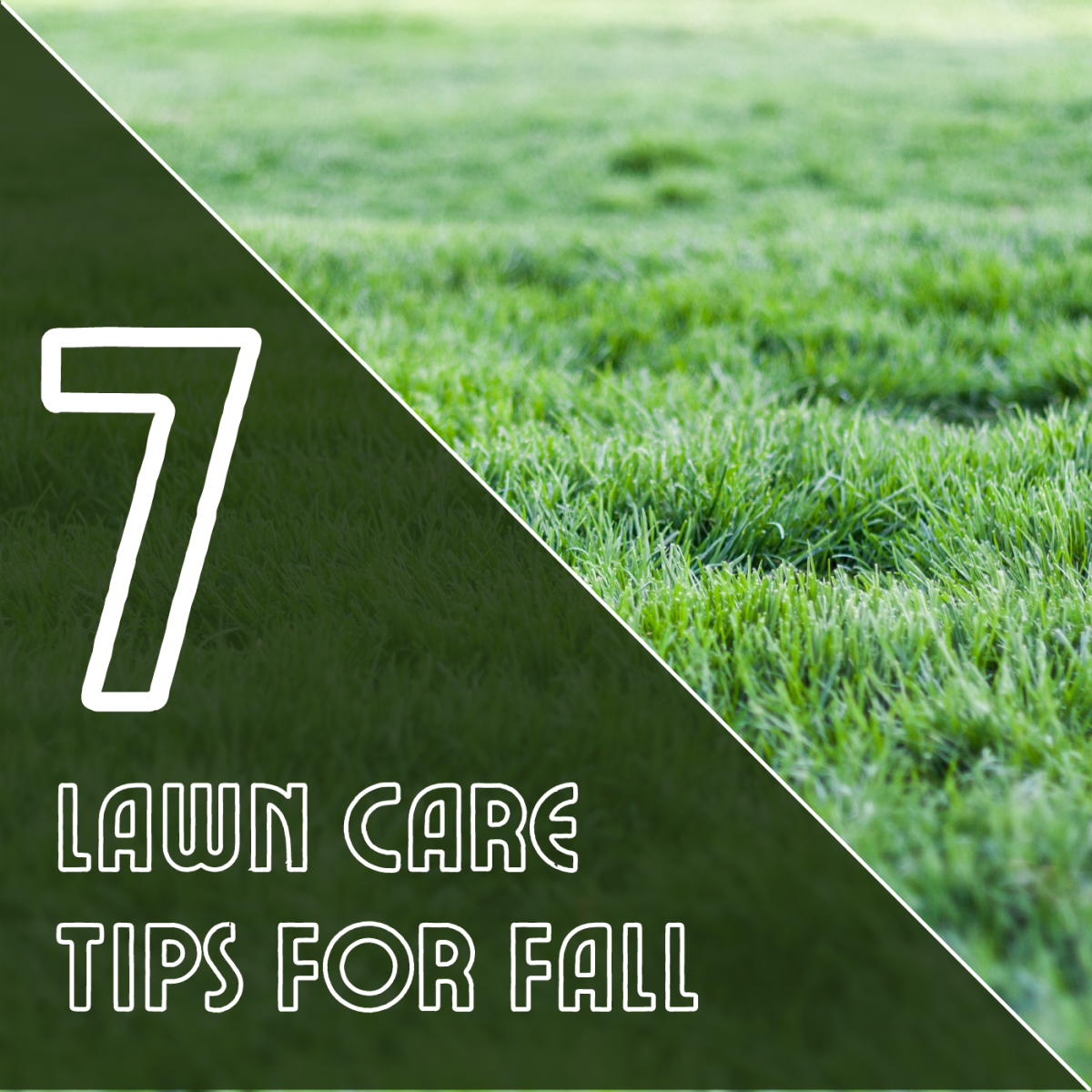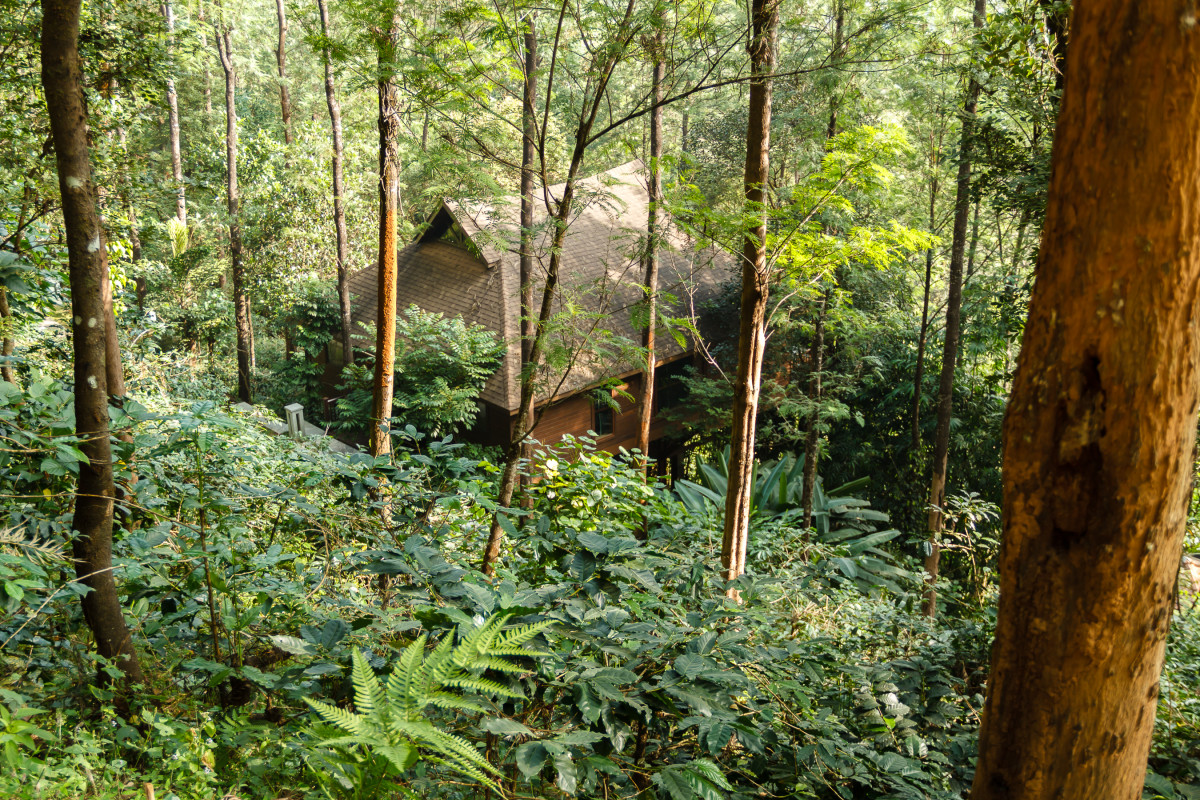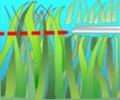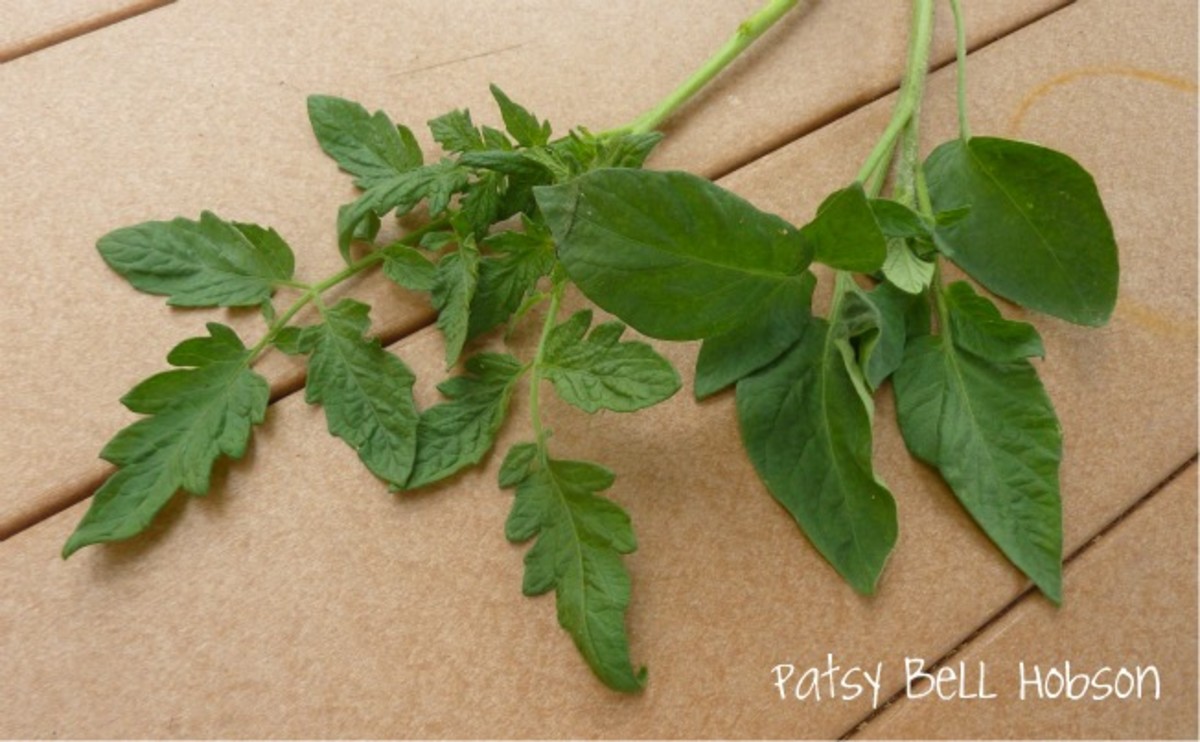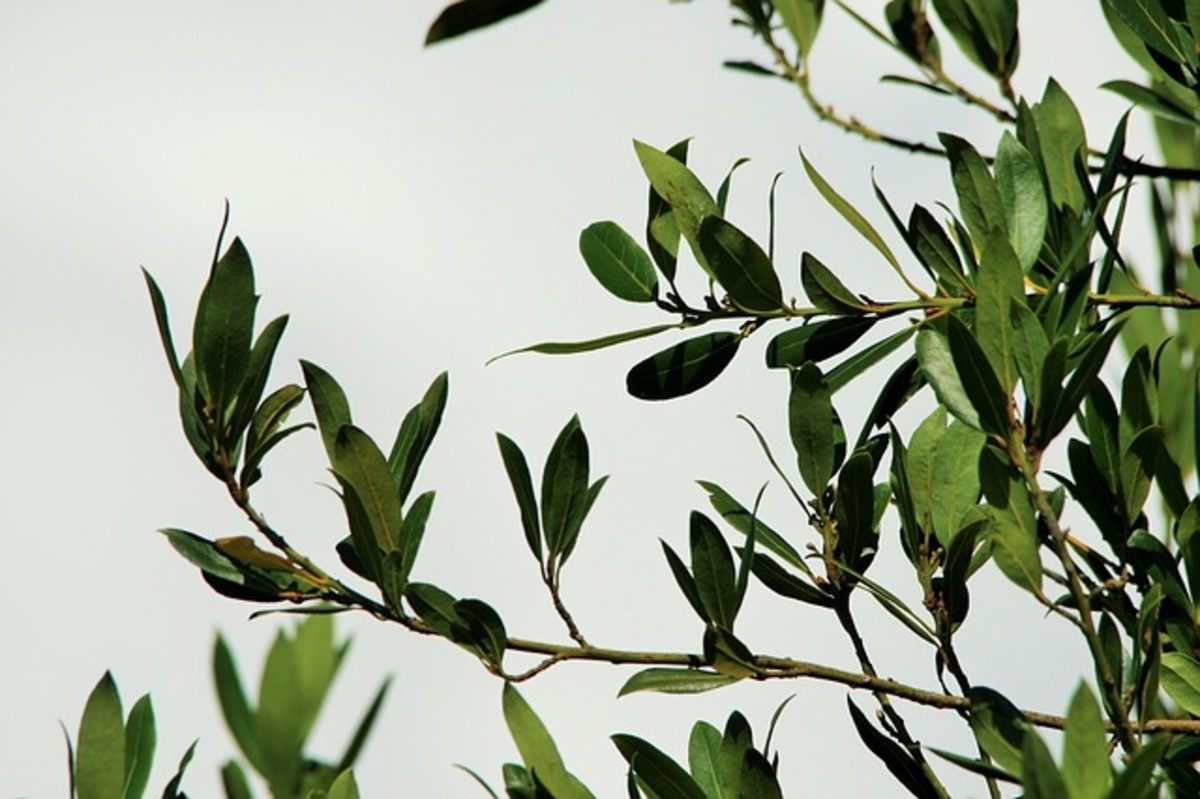The best way to mow a lawn is not to mow it at all
The best way to mow a lawn is to not mow it at all, and when mowing, to adapt your technique to the best advantage of the grass. Generally most lawn mixes are comprised of grasses that don’t grow particularly tall, but to have an optimum height for healthy plants. Turf is structured to form an even bedding, and the growth rate in lawn mixes is pretty standardized. However, that also means that the lawns are rather limited in their tolerance to mowing and other human interference.
Some lawn grasses, like the beautiful English lawn mix, are excellent in wet, temperate climates. Mowing can damage the integrity of these soft grasses, and create gaps, which is fairly disastrous for these plants, creating bald patches which suck moisture out of the soil. That’s why bald patches spread; the integrity of the turf has been affected. Other grasses thrive in dry conditions, but suffer severely with excess moisture.
Don’t mow anything until you know what you’re dealing with.
FUNDAMENTALS
- Always mow so the root system is well protected. The blade should be set at no less than two inches from the ground. Exposing the roots is dangerous, and will dry them out.
- Some forms of mowing can impact soil. This is also bad for the grass, because although all grasses can deal with some level of compacting, too much is actually crushing them, and the soil is harder for them to penetrate with their roots.
- You’ll notice that even the most meticulously mown golf courses and greens are mown with a great emphasis on the integrity of the grasses and surfaces. This is vital to their maintenance, because the slash and burn version of mowing would cost the golf clubs a fortune.
- *****Don’t mow at all in dry spells.***** The grass is weak, and needs to conserve moisture.
BASIC LAWN CARE
Healthy lawns can be mown much more easily and far less destructively:
- The lawn will tell you all about itself with a bit of observation. Like most garden plants, it will give you a map of its problems and its strengths. Allow the lawn to reach a decent healthy growth level, before even thinking about mowing or re-turfing. You now know what that lawn is capable of doing. Any weak points will be immediately obvious. This is the tactical scenario. You can plan better when the problem is properly defined.
- You will also see that the grass in your lawn does better at a certain height, (extremely important when mowing) and that some areas are at least relatively run down. This may be a result of drainage, exposure to drying winds and sunlight, or just worn out, desiccated soil and turf.
- Aeration of lawns is important. It’s a slightly demanding bit of work, but you don’t have to do it that often. It prevents impacting, and allows oxygen to circulate without creating disaster areas. Aeration should be regularly spaced if at all possible to permit uniform soil quality and density.
- High traffic areas on lawns need to be watched. Grasses are tough, but not to the extent of naturally dealing with any unusual disruptions to their growth patterns.
- Re-turf immediately when the situation demands. Gaps are problems, by definition. Do not allow an area to deteriorate for any length of time.
- “Weeds” aren’t necessarily weeds. Things like dandelions take advantage of gaps in lawns. This is no big deal. The dandelion is nature’s most trustworthy weed mat, and is perfectly harmless. They prevent much nastier things taking root in the lawn. The good news about dandelions is that they are easy to handle, and they also indicate that your soil has plenty of copper, an important trace element. Either let them be, or remove when you can replace the turf properly. Any other weeds should be removed as soon as you can cover the damaged part of the lawn. Invasive things like thistles, and some of the creeping rootstock variety can demolish a garden. (Hence my comment that dandelions are the least of your problems, and useful in preventing these kinds of weeds invading.)
- Lawns do need to be fertilized and top dressed with organic mulch regularly, preferably seasonally. The accepted wisdom is that you provide nourishment to the soil and plants prior to the growing season, but grasses are no fussier than other plants and will take up any nutrition they can get. It’s more relevant to simply avoid excessive use, and fertilize according to instructions or as a general maintenance practice.
- *****Go easy on the super phosphate***** It is a reliable fertilizer, but it’s also a ferocious chemical in the soil and in the general environment. It can discourage soil biota if you apply more than the grasses can take up. Too much can kill grasses, either by making them grow when they lack other chemicals to support the extra growth, or damaging the roots by chemical action. Plants absorb chemicals in certain forms, and usually not in highly concentrated forms which haven’t been broken down properly. More is definitely not better. It’s wasteful. You can always add more if you think it’s needed, but be a bit parsimonious.
- Watering needs to be done with a drip system or a fine mist sprayer. Sprinklers are a lot of fun, and I love the things, but they’re not particularly efficient, and a lot of water is lost to evaporation. The droplets sit around and aren’t as easily absorbed into the soil. Fine mist absorbs quickly, and drips are in close contact with the soil and allow time for absorption.
- *****Do not (ever) water in times of excessive heat or sunlight. Night or low light is better, preventing burning and evaporation. *****
- Wet areas are an each way bet. Some grasses thrive in wet environments, like the English lawn mix which can survive actual immersion. Others can’t handle it at all, and drown. Be extremely careful when choosing a lawn for areas which get saturated.
BASIC MOWING
The evenly mown lawn isn’t just a decorative feature, it’s good practice. From the above you’ll have seen that everything really relates to consistency in the surface. Lawns can be mown in virtually any geometric way, as long as you maintain the pattern, and pressure applied to the soil is therefore even, maintaining the best conditions for the grass roots and not creating inconsistencies in the soil which cause erratic growth patterns.
Mowing slopes should also be done with allowance made for the height of the grasses. Lawn on slopes collects some downhill runoff, and prevents excess runoff accumulating at the bottom. The grasses are also subject to opportunistic growth of other plants, which also benefit from this runoff, so a bit of thought and any necessary adjustments to mowing height may be required to maintain a consistency in the grass.
Generally, if you start with a decent blade height, there won’t be a problem, but be aware that the slopes have a double whammy. One the one hand, they receive runoff, on the other hand they can have some difficulty retaining water for that reason. They can dry out, and become a very threadbare collection of assorted oddments. Damaged lawns greatly exacerbate this problem, and a whole slope can be ruined by big gaps suddenly appearing on it.
You will have seen lush green slopes of grasses somewhere. You’ll note that the grass is pretty healthy, thick, very consistent, has no gaps, and is almost weed free. That’s the effect you’re after, and it makes mowing a less risky proposition, both for maintenance and expense.
*****Do not ever over-mow grass on slopes, or expose soil while mowing. You’ll get the lawn equivalent of pattern baldness, (at the very least) and it’s about as much fun as the human version.*****
Because mowing slopes affects growth, you need to make sure you know what sort of mowing regime allows the lawn to grow well. Even if it’s the same grass and the flat area, it’s growing in a different environment. As in all forms of gardening, local conditions must be paramount considerations.
After mowing, let the lawn recover, and water lightly, so any temporary disruptions don’t allow weed growth in the gaps you can’t see. (You are watering any dormant weeds, as well, so don’t be too generous.)
Top dressing can be done at this time, but again, remember that this can become expensive, and at certain times of year the grass just doesn’t take up as much fertilizer.
The best mown lawn is one that isn’t mown often, is mown with an eye to the health of the lawn, and done in conjunction with good lawn care. It really is quite easy, and it’s far less work than the arduous epics of getting heatstroke and industrial deafness of “traditional” mowing.
The healthier the lawn, the less work required. This way, you can enjoy your lawn, not be a serf to obscure myths about lawn mowing.


